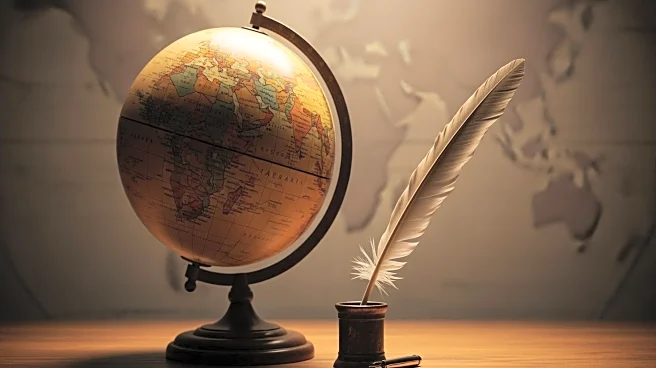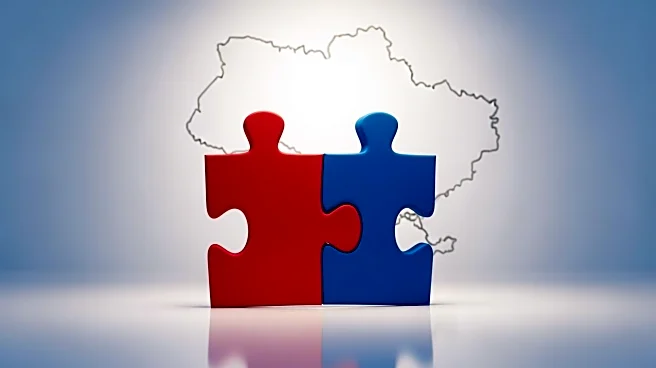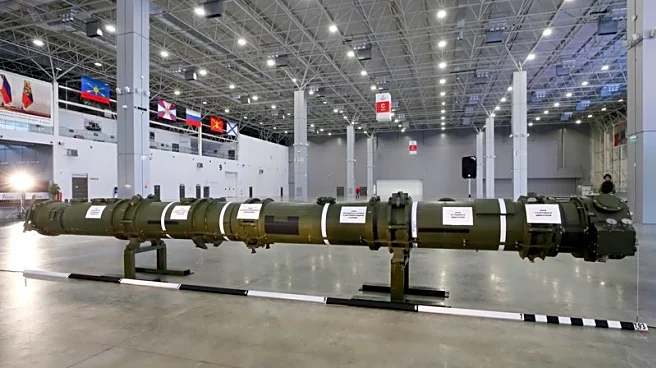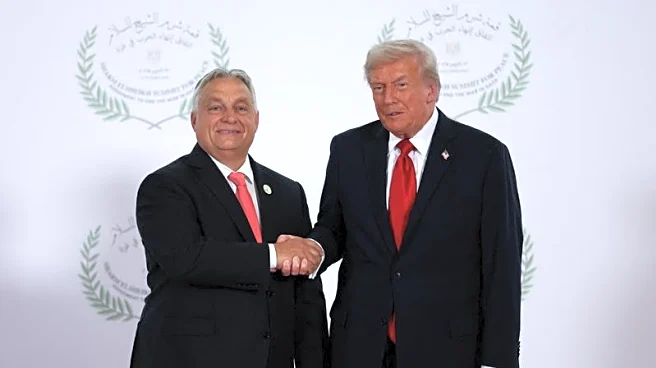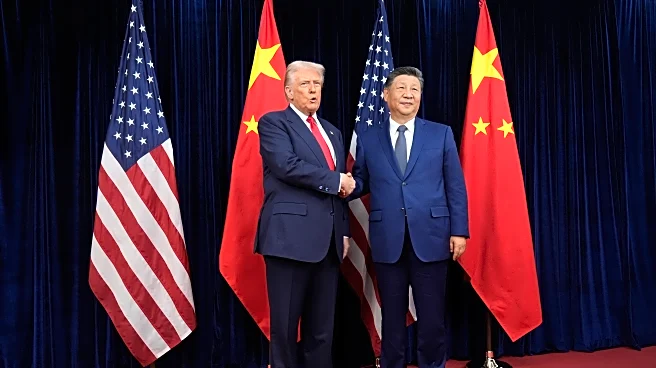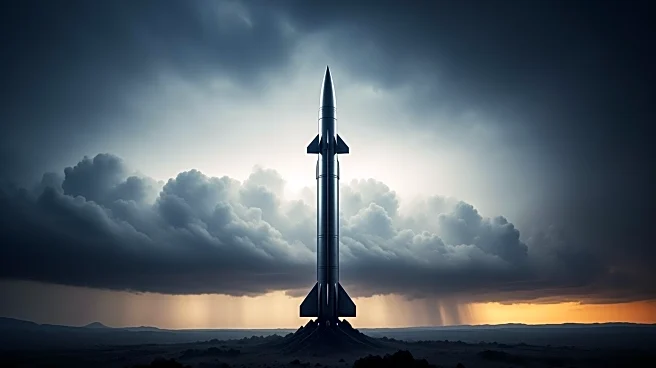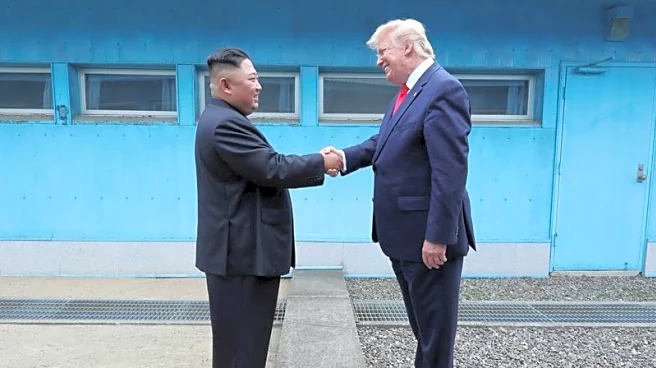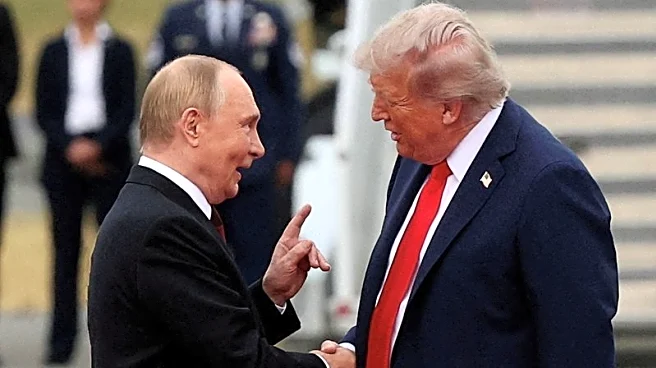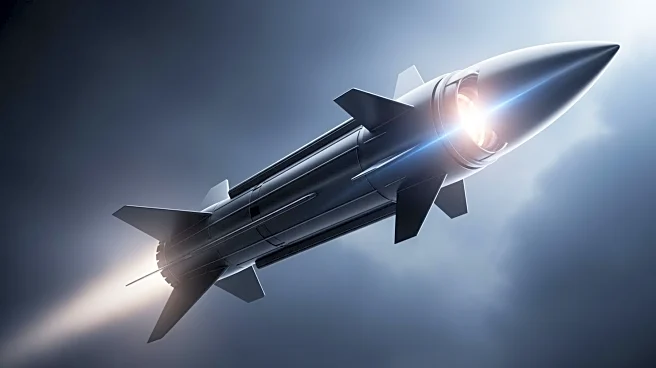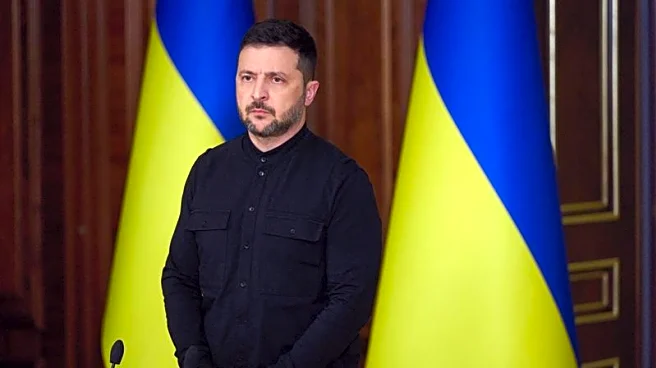What's Happening?
During the August summit in Anchorage, Alaska, Russian President Vladimir Putin reportedly lectured U.S. President Donald Trump on medieval and early modern history, including figures like Rurik and Yaroslav
the Wise. This unexpected historical discourse occurred as Putin rejected a ceasefire deal and demanded Ukraine cede more territory. The Financial Times described the meeting as a 'turning point,' after which Trump's stance began to shift in favor of Ukraine. Publicly, Trump characterized the summit as a 'very warm meeting' and expressed plans for direct talks between Zelenskyy and Putin.
Why It's Important?
The summit's outcome and Putin's historical lecture highlight the complexities of the Ukraine conflict and the challenges in diplomatic negotiations. The meeting's failure to produce a ceasefire agreement underscores the difficulties in reconciling the differing positions of the involved parties. The shift in Trump's stance towards Ukraine could influence U.S. foreign policy and its approach to international conflicts. The summit's outcome may also impact U.S.-Russia relations and the broader geopolitical dynamics in Eastern Europe.
What's Next?
Following the summit, the Trump administration has approved new military aid to Ukraine and threatened increased economic pressure on Moscow, contingent on European support. President Trump is set to meet with Zelenskyy at the White House, where discussions may include potential military aid and diplomatic strategies. The continuation of diplomatic efforts will be crucial in seeking a resolution to the conflict, and the international community will be watching closely for any developments.
